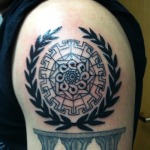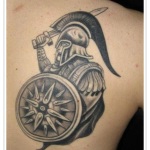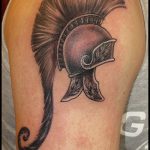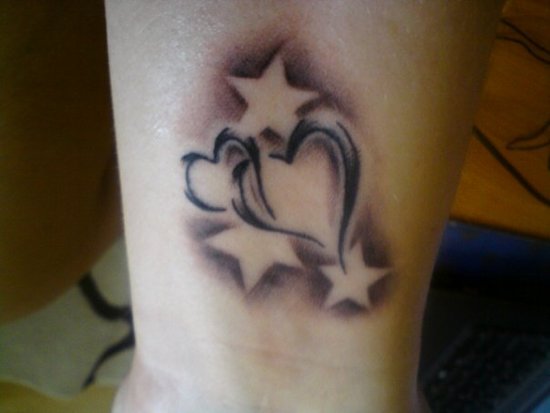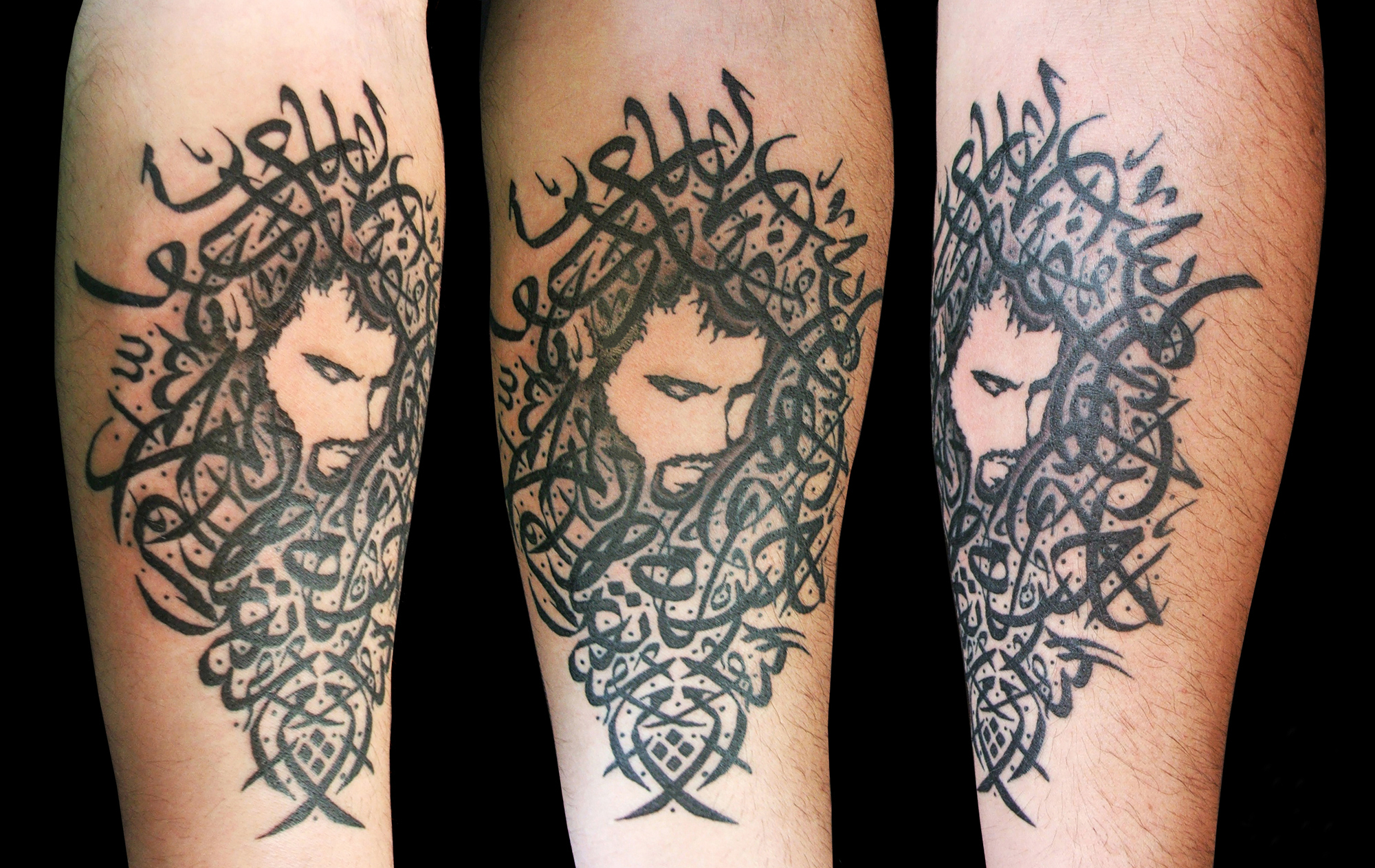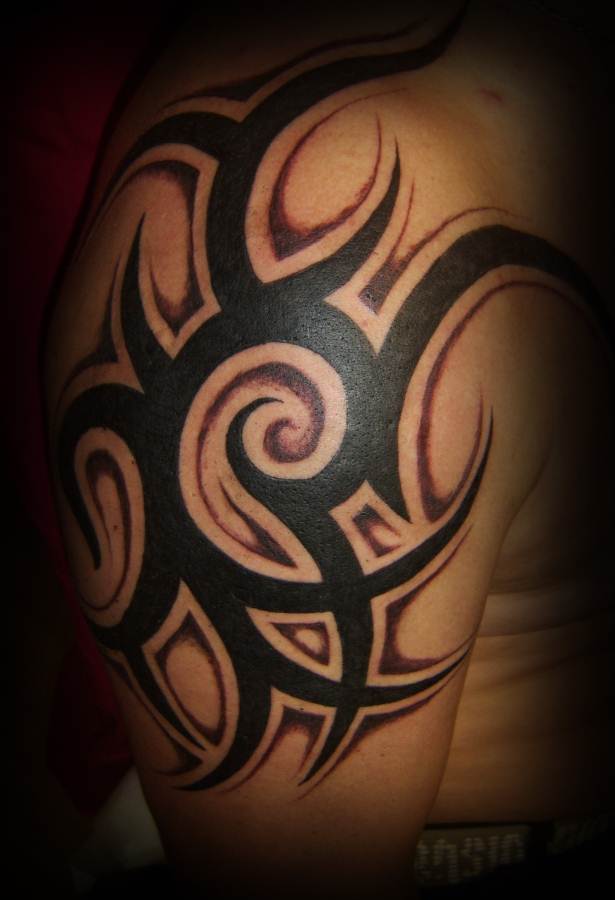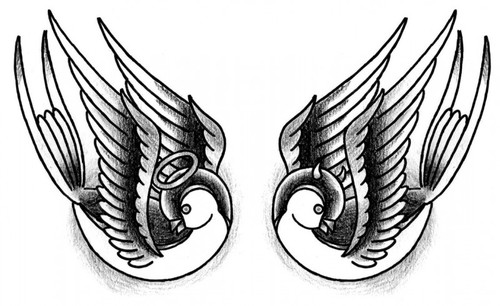

100’s of Roman Tattoo Design Ideas Pictures Gallery
We have a large collection of Roman tattoo designs that alot of people may like to have.These are very popular in United States, United Kingdom, Australia and Canada.The culture of ancient Rome existed throughout the just about 1200-year history of the civilization of Ancient Rome. The term refers to the culture of the Roman Republic, later the Roman Empire, that at its peak lined a section from Lowland Scotland and Morocco to the river.
Life in ancient Rome rotated round the town of Rome, its celebrated seven hills, and its monumental design like the Flavian Amphitheatre (now referred to as the Colosseum), the Forum of Trajan, and therefore the Pantheon. the town conjointly had many theaters, gymnasia, and lots of taverns, baths, and brothels. Throughout the territory below ancient Rome’s management, residential design ranged from terribly modest homes to country villas, and within the capital town of Rome, there have been imperial residences on the elegant Palatine Hill, from that the word palace springs. The overwhelming majority of the population lived within the central city, packed into insulae (apartment blocks).
The city of Rome was the biggest urban area of that point, with a population that will well have exceeded a meg folks, with a high finish estimate of three.6 million and an occasional finish estimate of 450,000. Historical estimates indicate that around half-hour of the population below the city’s jurisdiction lived in infinite urban centers, with population of a minimum of ten,000 and a number of other military settlements, a awfully high rate of urbanization by pre-industrial standards. the foremost urbanised a part of the Empire was Italia, that had associate calculable rate of urbanization of thirty second, identical rate of urbanization of European country in 1800. Most Roman cities and cities had a forum, temples and therefore the same sort of buildings, on a smaller scale, as found in Rome. the big urban population needed associate endless provide of food that was a posh provision task, as well as effort, transporting, storing and distribution of food for Rome and alternative urban centers. Italian farms equipped vegetables and fruits, however fish and meat were luxuries. Aqueducts were designed to bring water to urban centers and wine and oil were foreign from Hispania, Gaul and continent.
There was a awfully great amount of commerce between the provinces of the Roman Empire, since its transportation technology was terribly economical. the typical prices of transport and therefore the technology were comparable 18th-century Europe. The later town of Rome failed to fill the house among its ancient Aurelian walls till once 1870.
Eighty % of the population below the jurisdiction of ancient Rome lived within the country in settlements with but ten thousand inhabitants. Landlords usually resided in cities and their estates were left within the care of farm managers. The plight of rural slaves was usually worse than their counterparts operating in urban noble households. To stimulate a better labor productivity most landlords freed an oversized variety of slaves and lots of received wages. Some records indicate that “as several as forty two folks lived in one little farm hut in Egypt, whereas six families owned one fruit tree.”[citation needed] Such a rural atmosphere continued to induce migration of population to urban centers till the first 2d century once the urban population stopped growing and began to say no.
Starting within the middle of the 2d century BC, personal Greek culture was more and more in ascendency, in spite of tirades against the “softening” effects of Hellenized culture from the conservative moralists. By the time of solon, cultivated Greek home slaves schooled the Roman young (sometimes even the girls); chefs, decorators, secretaries, doctors, and hairdressers all came from the Greek East. Greek sculptures adorned principle gardening on the Palatine or within the villas, or were imitated in Roman sculpture yards by Greek slaves. The Roman cooking preserved within the cooking books ascribed to Apicius is actually Greek. Roman writers disdained Latin for a cultivated Greek vogue. solely in law and governance was the Italic nature of Rome’s increasing culture supreme.
Against this human background, each the urban and rural setting, one among history’s most influential civilizations took form, dropping a cultural heritage that survives partly these days.
100’s of Roman Tattoo Design Ideas Pictures Gallery
Originally posted 2014-12-04 21:34:54.



